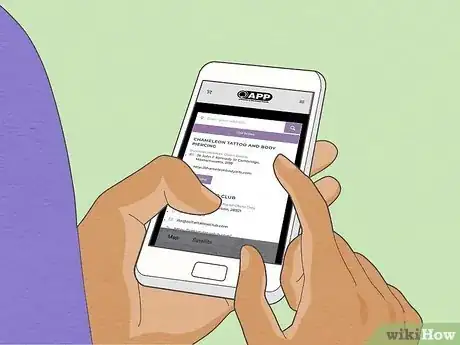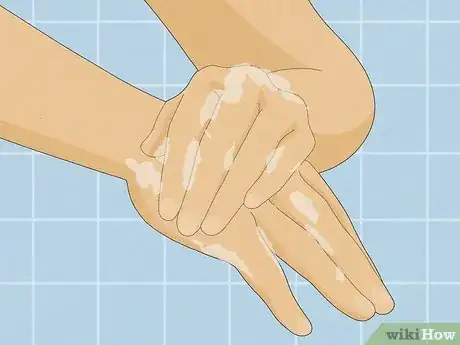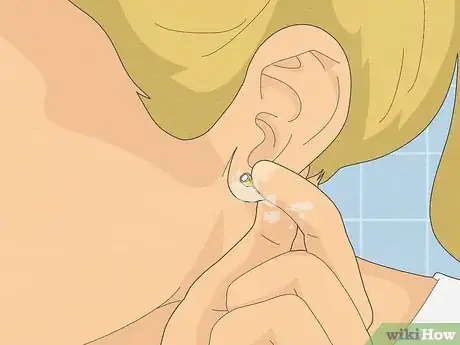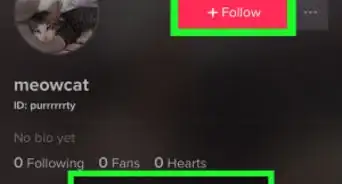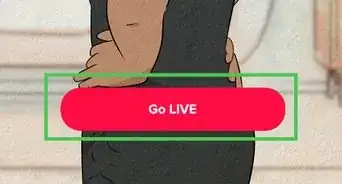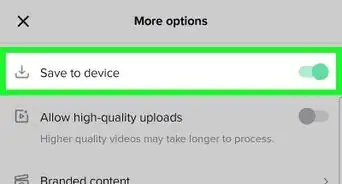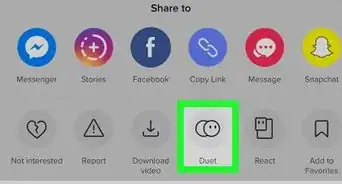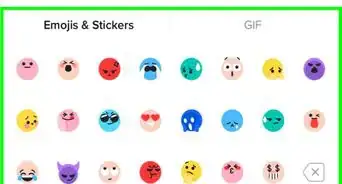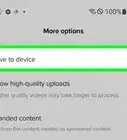This article was co-authored by Sasha Blue and by wikiHow staff writer, Janice Tieperman. Sasha Blue is a Professional Body Piercer and the Owner of 13 Bats Tattoo and Piercing Studio in the San Francisco Bay Area. Sasha has over 20 years of professional body piercing experience, starting with her apprenticeship in 1997. She is licensed with the County of San Francisco in California.
There are 8 references cited in this article, which can be found at the bottom of the page.
This article has been viewed 2,128 times.
If you’ve scrolled through TikTok lately, you’re probably familiar with the #whitestringlegend that’s popping up all over the platform. Is there any truth to this scary story, though, or is it just another TikTok trend? We’ve got the inside scoop. Keep scrolling to learn everything there is know about this freaky urban legend.
Steps
References
- ↑ https://www.quotev.com/story/14347909/Urban-Stories/2
- ↑ http://folklore.usc.edu/urban-legend-high-school/
- ↑ https://www.aao.org/eye-health/anatomy/optic-nerve-3
- ↑ https://my.clevelandclinic.org/health/body/22261-optic-nerve
- ↑ https://www.aao.org/eye-health/anatomy/optic-nerve-3
- ↑ https://medlineplus.gov/opticnervedisorders.html
- ↑ https://www.mayoclinic.org/healthy-lifestyle/adult-health/in-depth/piercings/art-20047317
- ↑ https://www.aad.org/public/everyday-care/skin-care-basics/tattoos/caring-for-pierced-ears
- ↑ https://www.aad.org/public/everyday-care/skin-care-basics/tattoos/caring-for-pierced-ears


